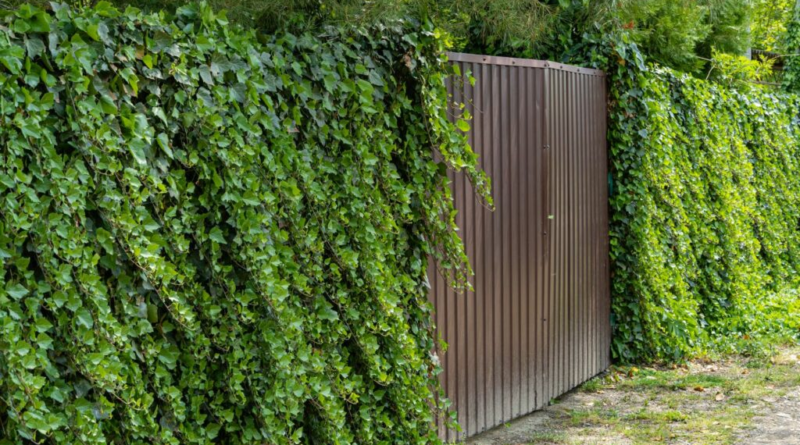How to Grow And Care For Beautiful Climbers Australian Native Plants
Climber plants are a popular choice for gardeners who want to add height and dimension to their gardens. These plants are known for their ability to grow vertically, using other structures for support. Climber plants not only provide a stunning visual appeal to gardens but also provide shelter and shade to other plants and animals.
In order for climber plants to grow healthy and thrive, it is essential to understand their unique needs and provide proper care. This care guide will explore the different types of climber plants, ideal growing conditions, planting and maintenance tips, trellis and support structures, popular climber plants and their care, and troubleshooting common problems.
By following these guidelines, gardeners can ensure that their climber plants grow healthy and beautiful, adding a touch of elegance to any garden space.
➤ Types of Climber Plants
Climber plants come in a variety of types, including vines, creepers, and scramblers.
Vines:
They are plants that climb by twining or attaching themselves to other structures. Some examples of vine-type climber plants are grapevines, wisteria, and climbing hydrangea.
Creepers:
They are plants that spread horizontally along the ground or climb by rooting themselves into other surfaces. Some examples of creeper-type climber plants are ivy, jasmine, and sweet potato vines.
Scramblers:
They are plants that climb by using their branches to support themselves. They don’t typically attach themselves to structures like vines or root themselves into surfaces like creepers. Some examples of scrambler-type climber plants are bougainvillea, climbing roses, and honeysuckle.
➤ Growing Conditions
Soil Conditions:
Climber plants require well-drained soil that is rich in nutrients. The soil pH level should be between 6.0 and 7.0. Adding organic matter like compost or manure to the soil can help improve soil quality.
Sunlight:
Climber plants require different amounts of sunlight depending on their specific type. Some plants, like clematis, prefer partial shade, while others, like bougainvillea, thrive in full sunlight. Make sure to research the specific sunlight requirements of your climber plant and place it in an area that receives the appropriate amount of light.
Water Requirements:
Climber plants require regular watering, especially during the growing season. The frequency of watering will depend on the specific plant and the climate in your area. It’s important to avoid overwatering, as this can lead to root rot and other problems. Make sure to water the plant deeply, allowing the soil to dry out slightly before watering again.
Troubleshooting Common Problems
Wilting:
Wilting can be caused by underwatering, overwatering, or root damage. If the soil is too dry, water the plant deeply and make sure the soil is evenly moist. If the soil is too wet, make sure the plant has adequate drainage and adjust watering accordingly. If the roots are damaged, you may need to repot the plant in fresh soil.
Yellowing Leaves:
Yellowing leaves can be a sign of nutrient deficiencies, pests, or diseases of nursery plants. If the leaves are pale yellow, the plant may be lacking nitrogen. If the leaves are yellow with green veins, the plant may be lacking iron. Check the soil pH level and adjust it if necessary. Pests like aphids or spider mites can also cause yellowing leaves. Treat with insecticidal soap or neem oil. If the problem persists, the plant may have a disease and may need to be removed.
Pest:
Climber plants are susceptible to pests like aphids, spider mites, and mealybugs. Check the plant regularly for signs of infestation, such as sticky residue or white spots. Treat with insecticidal soap or neem oil, and make sure to remove any heavily infested parts of the plant.
Diseases:
Climber plants can be affected by diseases like powdery mildew or black spot. These diseases can be caused by poor air circulation or high humidity. Treat with a fungicide and make sure the plant has adequate air circulation.



